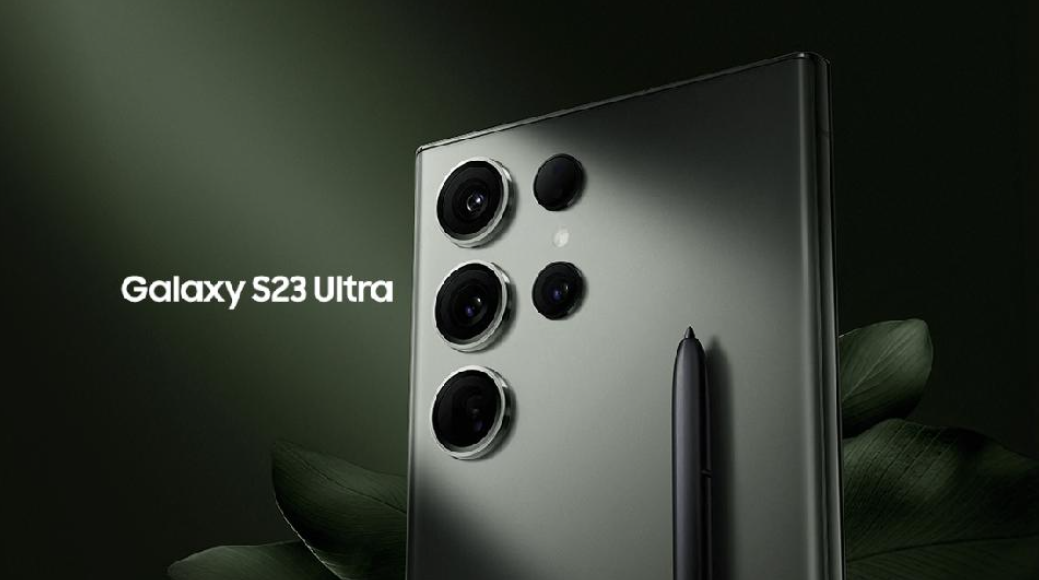Samsung is facing one of its most difficult launches for a Galaxy smartphone in more than a decade, due to falling demand, inflation concerns and a consumer market that could well have peaked.
The big question for Samsung and their retail partners is whether a consumer actually needs a new device, or whether the difference between last year’s model and the 2023 version is enough to generate a new sale.
I recently caught up with Garry McGregor Vice, President IT & Mobile at Samsung Electronics Australia, who after nine years at the Company admits this is a difficult launch due in part to changed marketplace conditions.
He admits their latest model is more of a high-end camera with new communication and multitasking capabilities built in.
10 years ago a major incentive for consumers to upgrade to the latest model smartphone were the rebates offered by carriers. Today, as sales of handsets fall, with IDC reporting that smartphone shipments suffered their largest-ever decline with 18.3% drop in the recent holiday quarter and an 11.3% decline overall in 2022, carriers are living off the revenues generated by SIM contracts, with retailers such as JB Hi-Fi picking up market share in the mobile hardware market.
McGregor admits that, “It may be time for carriers to reconsider their model,” and possibly bring back rebates.

In Australia, Samsung is working closely with carriers to make sure Samsung devices, “Hug the network,” as McGregor claims.
Getting the marriage between optimal smartphone performance and a network is key, he claims.
This has led to Samsung growing share in regional Australia.
“Our share over index in rural Australia is because of the work we have done with carriers around optimizing our devices for their networks.”
McGregor claims the pre-order program for the new Galaxy S23 range will be “wide and varied”.
He also says Samsung will be giving away “incentive vouchers” as part of their prelaunch program.
He said Samsung and key retailers such as JB Hi-Fi will offer “trade in and trade up” deals on older handsets, with McGregor claiming that Samsung now has “Some really smart AI technology” that can be used to inspect a traded in handset to determine value and legitimacy.
ChannelNews understands that partners who are offering trade in deals will also take “The risk” on the handsets.
Earlier this month, International Data Corporation (IDC) claimed that shipments of used smartphones, including officially refurbished and used smartphones, will reach 282.6 million units in 2022. The unit growth represents an 11.5 percent increase over the 253.4 million units shipped in 2021.
They claimed that trade-in programs continue to be the driving factor for the new and used smartphone market globally, including Australia.
They claim that in mature markets such as Australia, where the adoption of premium smartphones is among the highest in the world, trade-in continues to play a significant role in speeding up refresh cycles through telco and retail-driven promotions. This has contributed to an increase in trade-in value (TIV), which is typical when demand for new devices slows.
The rise in TIV has pushed prices up in the secondary market due to consumers getting more for their old devices to help drive upgrades.
Both Samsung and Apple hold more than 80% of the premium smartphone market in Australia, with foldables delivering significant growth for Samsung Australia.
During a recent smartphone briefing, McGregor said that foldables, in particular Samsung’s top-end Fold model, now made up 25% of Samsung Australia’s overall smartphone sales.
He said that in 2022 the “Market was fairly static in value but in volume it went down”.
He adds, “For us, that did not come off in the premium market, it came off on the A series.”
“Consumers are making their own decisions to upgrade to a premium foldable and our decision to introduce foldable models was a fantastic way for us to diversify our range.” he says.
Some observers claim that what Samsung is launching with their Galaxy S23 Ultra is a new camera that has a communication and texting capability, with McGregor admitting that one of the key selling points for a new smartphone acquisition is “A Camera followed by design and that’s why our foldable models are proving popular, they have that Wow factor that appeals to consumers.”
He claims that the need to “Multitask” among consumers led to a surge in demand for the Company’s $2K-plus Fold smartphone.
When it came to questions about competition in the market, McGregor admits that Motorola has made major gains in the market during the past year. When asked whether Samsung should compete in the value and affordable premium market, he says, “Samsung wants to be across all price tiers. We pride ourselves that there is a Galaxy for everyone.”
He admits the premium end of the market is “easier to manage”. “We pulled out of the J Series market in Australia because the customer experience wasn’t consistent with what you get with a premium model. People wanted a Samsung smartphone but they didn’t like the experience they got.
“Today, our models in the value market deliver ‘value and a fantastic experience’.”
He says three quarters of Samsung’s business today are Samsung customers who are staying with the brand and upgrading. There is a large number of customers out there who simply want the latest and greatest smartphone and we are delivering for this market.”
Tomorrow we will deliver further on our interview with Gary McGregor.